History of Kyoto Women's University
Three women who created the foundation of "Kyoto Women's Educational Institution"
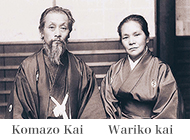
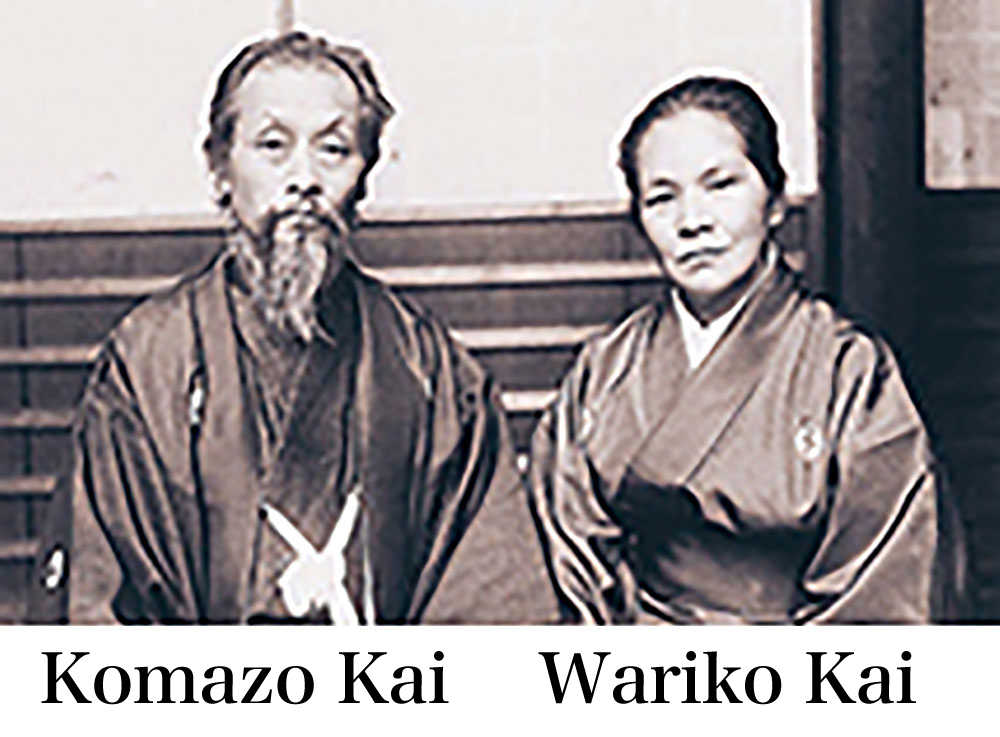
Kyoto Joshi Gakuen ("Kyoto Women's Educational Institution") is a comprehensive institution consisting of graduate school, university, high school, junior high school, the elementary school attached to the university, and kindergarten. While these schools and educational institutes were established and have developed independently from each other, they share the same founding philosophy based on the Buddhist principles advocated by Shinran to foster a sincere, benevolent, and unselfish spirit. We celebrated our 100th anniversary in 2011.
Kyoto Joshi Gakuen's origins were inherited from (and incorporate the spirit of) Kendo Jogakuin, established in 1899 by Wariko Kai in cooperation with Jinzaemon Matsuda. In the following year, Wariko and her husband, Komazo, opened a school named Bunchuen. In 1910, it was merged with Kyoto Koto Jogakko ("Kyoto Girls' High School") run by Zenzo Yabe, under the auspices of the Buddhist Association of Women of Nishi Hongwanji Temple, presided by Kazuko Otani (the spouse of the Nishi Hongwanji Temple Master). That year also marked the establishment of Kyoto Joshi Gakuen.
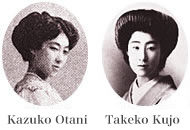
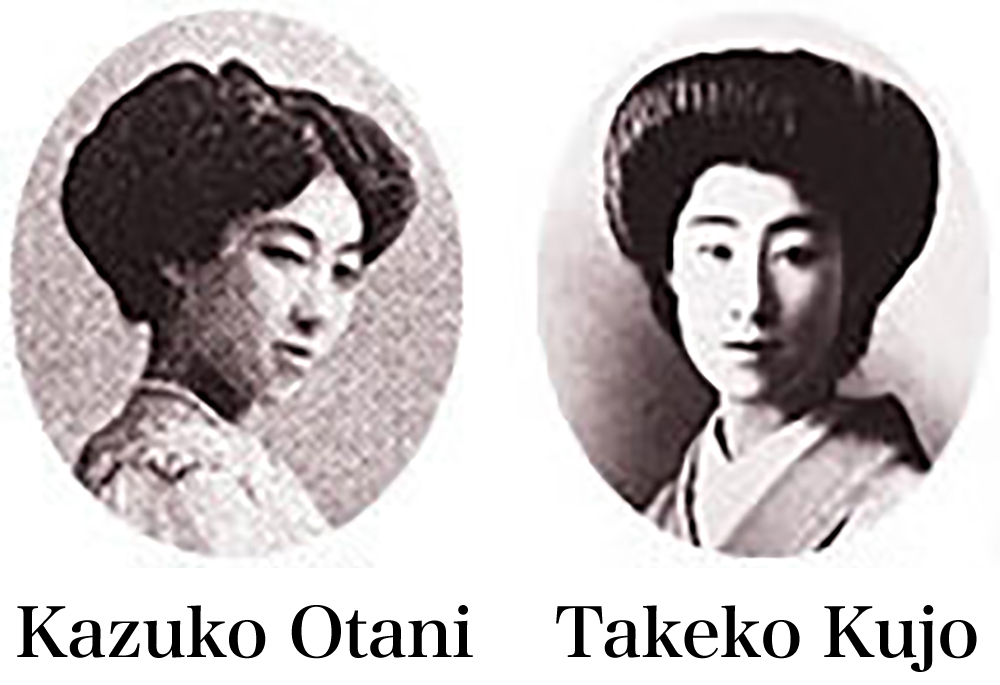
In 1912, the "Prospectus for the Establishment of a Women's University" was issued by Takeko Kujo, President of the Buddhist Association of Women, and backed by Nishi Hongwanji Temple. In response, the government permitted the establishment of a college for women, and Kyoto Joshi Koto Senmongakko ("Women's Institute of Kyoto") was established in 1920. The enthusiasm for establishing a women's educational institution became a major driving force towards the founding of a women's university under the new educational system, through which, in 1949, the long-held dream of establishing a women's university was finally realized. In 1950, Kyoto Women's Junior College was established and it operated successfully until 2011 when it ceased enrolling students.
Chronology
| 1899 | Wariko Kai, in cooperation with Jinzaemon Matsuda, establishes Kendo Jogakuin in Hanayacho, Higashinakasuji-Dori, Shimogyo-Ku, Kyoto. (This marks the origins of Kyoto Joshi Gakuen.) |
|---|---|
| 1900 |
Wariko and her husband, Komazo, open a school in Samegai Gojo, Kyoto. Named Bunchuen, the school follows through with the objectives and founding principles of Kendo Jogakuin.
 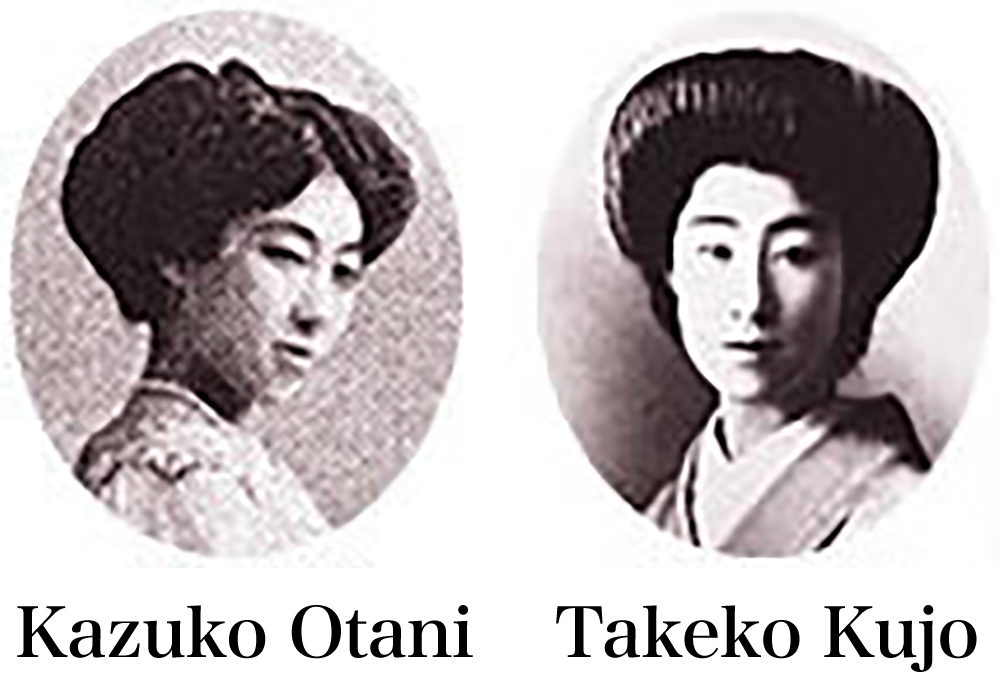 |
| 1910 |
The school changes its name to Kyoto Koto Jogakko (Kyoto Girls' High School). Thanks to the efforts of Kazuko Otani (the spouse of the Nishi Hongwanji Temple Master) and Takeko Kujo (President of the Buddhist Association of Women), the school is chartered under the Girls' High School Act and relocates to the premises of Honkokuji Temple in Kakimoto-Cho, Horikawa Gojo, Kyoto. (This year marks the formal establishment of Kyoto Joshi Gakuen.)
 Main gate of Kyoto Koto Jogakko |
| 1911 | Kyoto Shogyo Jogakko (Kyoto Girls' Commerce School) is established on the same premises. This school subsequently becomes Kyoto Saiho Jogakko (Kyoto Girls' Needlework School). |
| 1912 | Takeko Kujo and others issue the "Prospectus for the Establishment of a Women's University." |
| 1914 |
The campus is relocated from Horikawa Gojo to Imakumano (current location).
 After moving to the current location in 1914 |
| 1917 | Kyoto Yochien (Kyoto Kindergarten) is established. |
| 1920 | Kyoto Joshi Koto Senmongakko (Kyoto Women's Technical College), the predecessor of Kyoto Women's University, is established. |
| 1924 |
The school receives a visit from Empress Teimei(consort of Emperor Taisho and younger sister of Kazuko Otani). During her visit, she remarks that the school is “a warm and delightful school of the spirit.” Since then, Kyoto Joshi Gakuen has been called a “school of the spirit.”
 The school receives a visit from Empress Teimei |
| 1930 | Honpa Hongwanji Hobo Yoseijo (Hongwanji Childminder Training School) is established on the same premises. |
| 1944 | The school foundation changes its name to the Ryukoku Joshi Gakuen Foundation and becomes the establishing entity of Joshi Koto Senmongakko, Koto Jogakko, Saiho Jogakko, and Hobo Yoseijo. Kyoto Joshi Koto Senmongakko changes its name to Kyoto Joshi Senmongakko. Kyoto Saiho Jogakko is disestablished; Kyoto Joshi Shogyogakko (Kyoto Girls' School of Commerce) is established. Honpa Hongwanji Hobo Yoseijo changes its name to Kyoto Hobo Yoseijo. |
| 1947 | Kyoto Joshi Chugakko (Kyoto Girls' Junior High School) is established. |
| 1948 | Kyoto Koto Jogakko and Kyoto Joshi Shogyogakko are disestablished; Kyoto Joshi Kotogakko (Kyoto Girls' Senior High School) is established. |
| 1949 |
Kyoto Hobo Yoseijo is disestablished.
Kyoto Women's University is established, comprising the Faculty of Letters (Department of Japanese Language and Literature, Department of English Studies, Department of Chinese History and Literature) and the Faculty of Home Economics (Department of Food, Department of Apparel, Department of Pedology). A ceremony is held to commemorate the 40th anniversary of Kyoto Joshi Gakuen.  A class in the early days of the university |
| 1950 | Kyoto Women's Junior College is established (offering a Japanese Course and an English Course in the Arts Department and a Food Course and an Apparel Course in the Home Economics Department). The university's Department of Chinese History and Literature is disestablished; the Department of Oriental History is established. |
| 1951 | The establishing entity of the schools is changed from the Ryukoku Joshi Gakuen Foundation to the Kyoto Joshi Gakuen Educational Foundation. Kyoto Joshi Senmongakko is disestablished. An evening program is added to the Arts Department and Home Economics Department in the junior college. |
| 1954 | The junior college evening program is disestablished. An evening program is added to the university's Faculty of Letters (Department of Japanese Language and Literature, Department of English Studies) and Faculty of Home Economics (Department of Food, Department of Apparel). A kindergarten teacher training school (affiliated with the university) is established. |
| 1956 | The Department of Elementary Education is established in the university's Faculty of Letters; the Elementary Education Department is established in the junior college. |
| 1957 |
The kindergarten teacher training school (affiliated with the university) is disestablished.
The Elementary School Attached to Kyoto Women's University is established. Construction is completed on the elementary school building (now Building D).  The elementary school's first entrance ceremony in 1957 |
| 1959 | Construction is completed on a special junior high school building. |
| 1960 | A ceremony is held to commemorate the 50th anniversary of Kyoto Joshi Gakuen. |
| 1961 | The first phase of construction is completed on the senior high school buildings. Construction is completed on Building Q of the university/junior college. |
| 1962 | Construction is completed on Dormitory Kinka. The second phase of construction is completed on the senior high school buildings. |
| 1964 | The university's Department of Elementary Education (Faculty of Letters) is reorganized into the Department of Education, comprising the Elementary Education Course and Music Education Course. Construction is completed on Building B of the university/junior college. |
| 1966 |
The Graduate School is established, comprising the Graduate School of Letters (Japanese Language and Literature Course, Oriental History Course [4-person courses]) and Graduate School of Home Economics (Child Studies Course [6-person course]).
Construction is completed on Houkoku Field. The third phase of construction is completed on the senior high school buildings. Construction is completed on Building E of the university/junior college. Construction is completed on the junior high school building. Construction is completed on Dormitory Hiyoshi.  A seminar at the graduate school in the mid 1960s |
| 1967 | The Food Course (6-person course) is added to the Graduate School of Home Economics. Construction is completed on Building C of the university/junior college. |
| 1968 | The evening program of the university's Faculty of Letters and Faculty of Home Economics is disestablished. An English Language and Literature Course (4-person course) is added to the Graduate School of Letters; an Apparel Course (6-person course) is added to the Graduate School of Home Economics. Student enrollment capacity is expanded from 40 to 80 students per grade to enable the elementary school to make two classes per grade. |
| 1969 | A unified 6-year education system is introduced, covering junior to senior high school. |
| 1970 | A ceremony is held to commemorate the 60th anniversary of Kyoto Joshi Gakuen. |
| 1972 | Construction is completed on Dormitory Komatsu. |
| 1973 | Construction is completed on the junior high/senior high gymnasium, administration building, and sub-hall. Construction is completed on the junior high school building. |
| 1974 | Construction is completed on the kindergarten building. Construction is completed on Buildings L and A of the university/junior college. |
| 1976 | Student enrollment capacity is changed for the university and junior college. Construction is completed on the elementary school building. |
| 1978 | Construction is completed on the laboratory building (Toryo Hall). |
| 1980 | A ceremony is held to commemorate the 70th anniversary of Kyoto Joshi Gakuen. Construction is completed on the gymnasium and Building M (Music Education Building) of the university/junior college. |
| 1986 | The elementary school's second field is opened. |
| 1987 | Construction is completed on Building G (Arts and Crafts Building) of the university/junior college. |
| 1990 |
A development plan is finalized and the construction of facilities is completed for the Oharano Campus (Kyoto Women's University and Junior College Multipurpose Field).
A ceremony is held to commemorate the 80th anniversary of Kyoto Joshi Gakuen.  Bird's-eye view of the Oharano Campus |
| 1991 | In the junior college, the Arts Department (Japanese Course, English Course) changes its name to the Literature Department (Japanese Language and Literature Course, English Language and Literature Course); the Elementary Education Department changes its name to the Department of Elementary Education; and the Home Economics Department (Food Course, Apparel Course) changes its name to the Department of Living Science (Food and Nutrition Course, Apparel and Space Design Course). |
| 1992 | Construction is completed on Buildings J and K of the university/junior college. |
| 1993 | The university's Department of Oriental History (Faculty of Letters) is reorganized into the Department of History, while the Department of Apparel (Faculty of Home Economics) is reorganized into the Department of Apparel and Space Design. The Department of Food (Faculty of Home Economics) changes its name to the Department of Food and Nutrition. |
| 1995 | A master's course in Education is added to the Graduate School of Letters. |
| 1997 | In the Graduate School of Letters, a doctoral course in Education is added, while the Oriental History Course is reorganized into the History Course. |
| 1999 | A doctoral course in History is added to the Graduate School of Letters. |
| 2000 | Student enrollment capacity is changed for the university and junior college. The Department of Contemporary Society, Faculty of Contemporary Society is established in the university. Construction is completed on Kinkaden Hall and Building S of the university/junior college. A ceremony is held to commemorate the 90th anniversary of Kyoto Joshi Gakuen. |
| 2001 | In the Graduate School of Letters, a doctoral course in Japanese Language and Literature, a doctoral course in English Language and Literature, and a master's course in Culture in Expression are added. In the Graduate School of Home Economics, the Apparel Course is reorganized into the Apparel and Space Design Course. The Mental Health Counseling Room is opened in the graduate school. The Dormitory Imakumano is opened. |
| 2002 | An increase is made in the number of students eligible for the admission-via-recommendation system for children going from kindergarten to elementary school. |
| 2003 | The Student enrollment capacity for the junior high school is increased from 600 to 720; the enrollment capacity for the senior high school is reduced accordingly. The II S Course is established in junior high school. |
| 2004 | A master's course is established in Public Spheres Studies, Graduate School of Studies in Contemporary Society. A doctoral course in Living Environment is added to the Graduate School of Home Economics. The Department of Education (Faculty of Letters) and Department of Child Studies (Faculty of Home Economics) are reorganized into the Faculty of Human Development and Education, comprising the Department of Education (Education Course, Psychology Course, Music Education Course) and the Department of Child Studies. The Department of Living and Welfare is added to the Faculty of Home Economics. Student enrollment capacity is increased for the Food and Nutrition Department and the Department of Apparel and Space Design in the Faculty of Home Economics. The Faculty starts accepting inter-university transfers. The junior college ceases enrolling students in the Food and Nutrition Course, Living Science Department. Student enrollment capacity is reduced for the Literature Department (Japanese Language and Literature Course, English Language and Literature Course). The Department of Living Science is renamed the Department of Apparel and Space Design and its enrollment capacity is reduced. |
| 2006 | The Graduate School of Human Development and Education is established, comprising the Education Course (master's and doctoral courses), Psychology Course (master's course), Culture in Expression Course (master's course), and Child Studies (master's course). A master's course in Living and Welfare Management is added to the Graduate School of Home Economics. A doctoral course in Public Spheres Studies is added to the Graduate School of Contemporary Society. The Wisteria Course is established in junior high school. |
| 2008 | University Nutrition Clinic opened. |
| 2009 | The Food Course in the Graduate School of Home Economics changes its name to the Food and Nutrition Course. A specialized course called the Wisteria Course is established in senior high school. |
| 2010 | A ceremony is held to commemorate the 100th anniversary of Kyoto Joshi Gakuen. The junior college ceases to enroll students. |
| 2011 | Student enrollment capacity is changed for the university. The Department of Law, Faculty of Law is established in the university. Construction is completed on the Umamachi Bicycle Parking Lot and Buildings F and Y of the university/junior college. The kindergarten is relocated to a newly constructed building. |
| 2012 | Construction is completed on the University Research Building R. |
| 2013 | The Osaka Office is opened. Construction is completed on Building U (Child Studies) of the university. |
| 2015 | Junior College was abolished. Post-graduate (Master's course) in law introduced at the graduate school. "Lifestyle Design Laboratory" opened. "Research Center of Community Partnerships" opened. |
| 2017 | The university opened a new library to replace the existing university library. Dormitory Shikon is opened. |
School Emblems
-
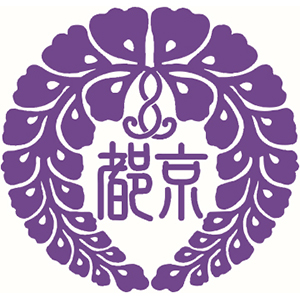

Symbol of Kyoto Joshi Gakuen (former Gakuen emblem)
-


Kyoto Joshi Gakuen
-
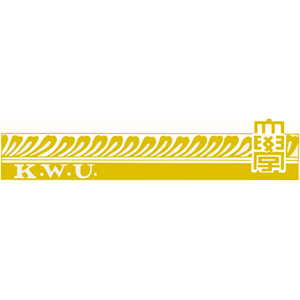

Kyoto Women's Graduate School and University
-


Kyoto Girls' Senior High School
-
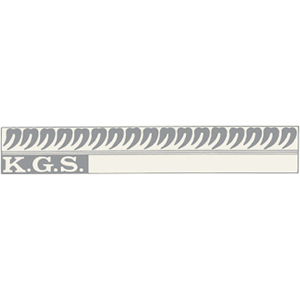

Kyoto Girls' Junior High School
-
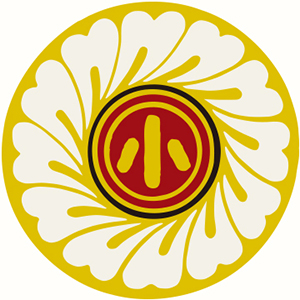

Elementary School Attached to Kyoto Women's University
-
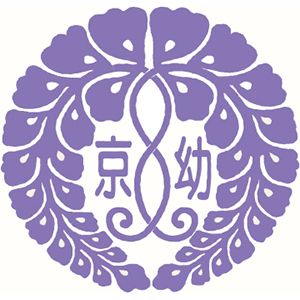

Kyoto Kindergarten
-


Kyoto Kindergarten Symbol
About KWU
